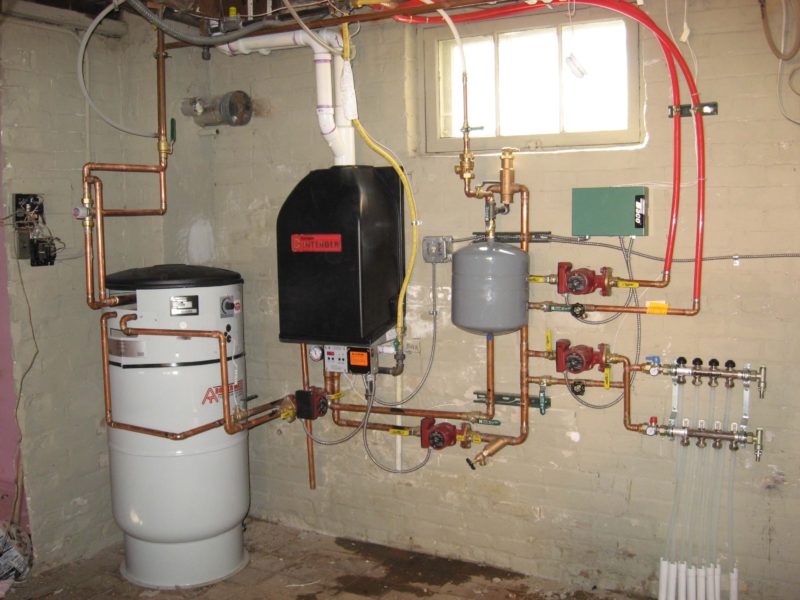We can all agree that a hot shower or bath is one of the most economical ways to relax after a hard days’ work. Let’s take a behind the scenes look at technologies of how water supplied to our homes by our local utility company is heated to provide us one of those everyday luxuries we all expect and take for granted. In household and commercial usage, most North American water heaters have traditionally been of the tank type. Also called storage water heaters, these consist of a cylindrical vessel or container that keeps water continuously hot and ready to use. Typical sizes for household use range from 20 to 100 US gallons. These may use electricity, natural gas, propane, heating oil, solar, or other energy sources. Natural gas heaters are most popular in the US and currently are the cheapest to use. Over the past decade, tankless water heaters have been gaining in popularity. These are also called instantaneous, continuous flow, inline, flash, on-demand, or instant-on water heaters. These high-power water heaters instantly heat water as it flows through the device’s heat exchanger coil, and do not retain any water internally except for what is in the heat exchanger coil. Tankless heaters may be installed throughout a household at more than one point-of-use, far from a central water heater, or larger centralized models may still be used to provide all the hot water requirements for an entire house. The main advantages of tankless water heaters are a plentiful continuous flow of hot water (as compared to a limited flow of continuously heated hot water from conventional tank water heaters), and potential energy savings under some conditions. Compared to tankless heaters, storage water heaters have the advantage of using energy (gas or electricity) at a relatively slow rate, storing the heat for later use. The disadvantage is that over time, the water inside the tank will cool down causing the heating system to activate to heat the water back up. Additionally, once the tank’s supply of hot water has been exhausted, there is a significant delay before hot water is available again. Larger tanks tend to provide hot water with less temperature fluctuation at moderate flow rates. In theory, tankless heaters can always be somewhat more efficient than storage tank water heaters. The absence of a tank saves energy compared to conventional tank-type water heaters, which have to reheat the water in the tank as it cools off while waiting for use (this is called “standby loss”).

